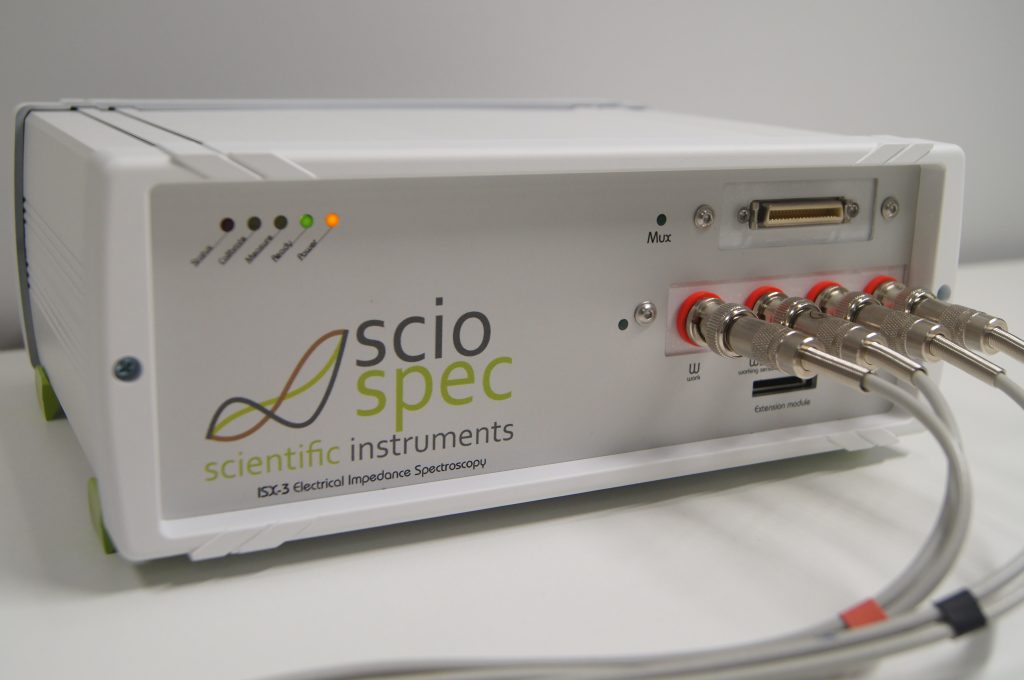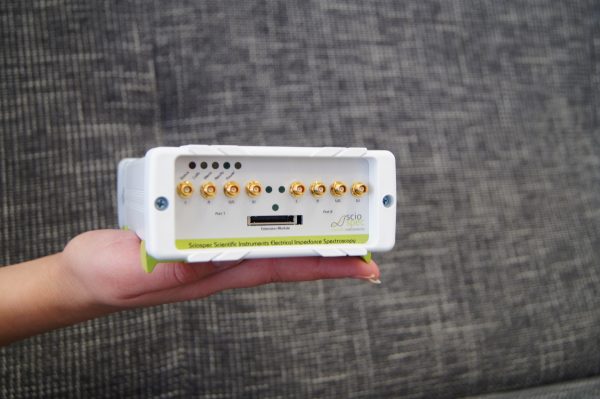
Multifrequency Bioimpedance Characterization of DNA Concentration: Sensitivity Analysis
In the past few decades, advancements have been made in the development of biosensors for the detection and analysis of Deoxyribonucleic Acid (DNA) and genes.
FAST. PRECISE. PATIENT-SAFE.
You want to use impedance spectroscopy in a medical research application? You like it simple, precise and fast and you don't want to worry about patient safety? Then check out the Medical Research ISX-3 impedance analyzer.
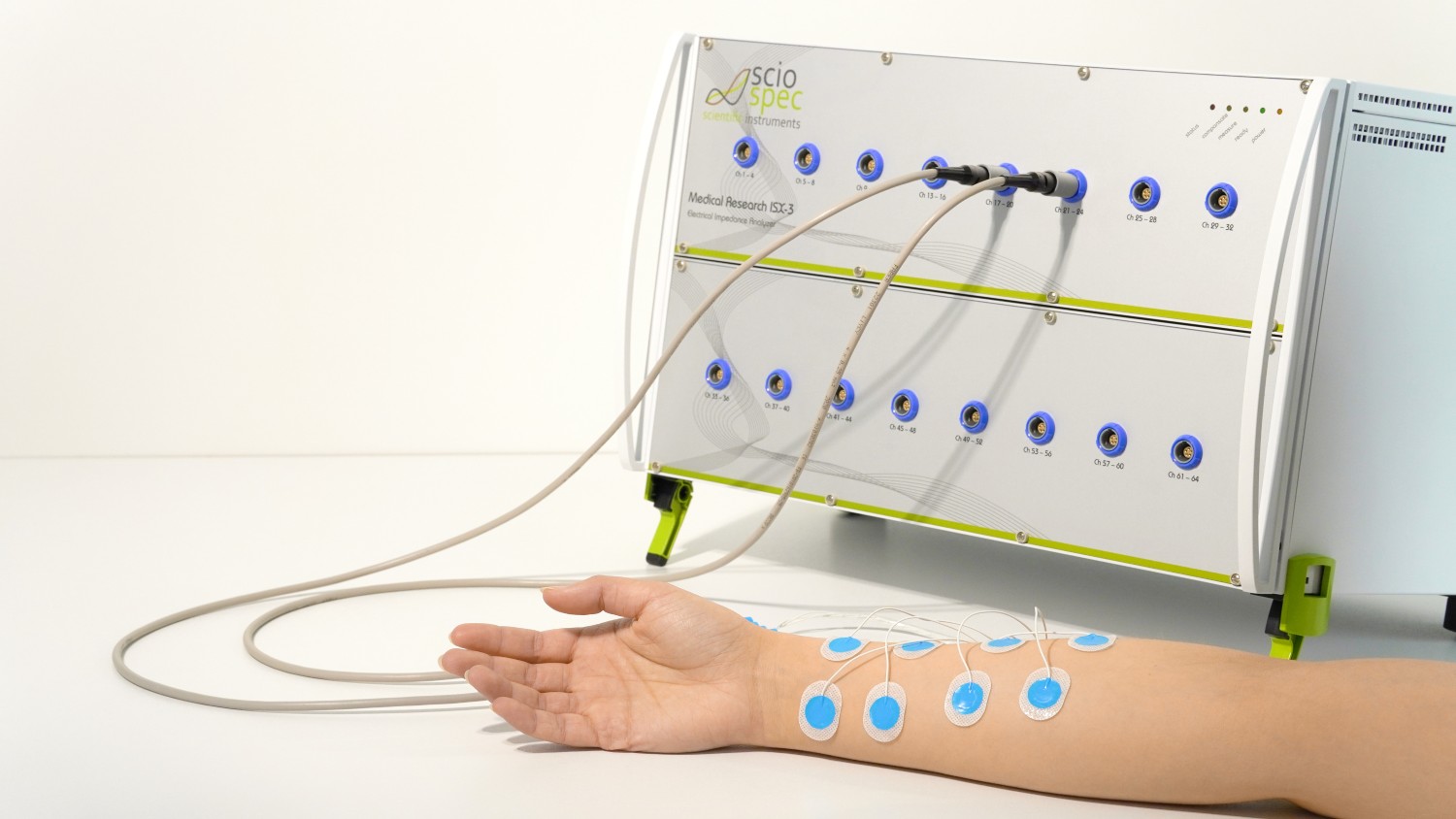
It bases on our ISX-3 impedance analyzer. It is equipped with Sciospec’s IF frontend with 4-port BNC interface supporting simple 2 point measurements, as well as 3 and 4 electrode configurations. Within the measurement range from 100 mHz to 10 MHz (extendable to 40 or 100 MHz) it covers a dynamic range of 300dB (mOhm…TOhm) with a base precision of 0.01%.
Additionally the Medical Research ISX-3 includes measures for enhanced electrical safety including medical grade isolation enabling a safe operation of the instrument in medical research settings.
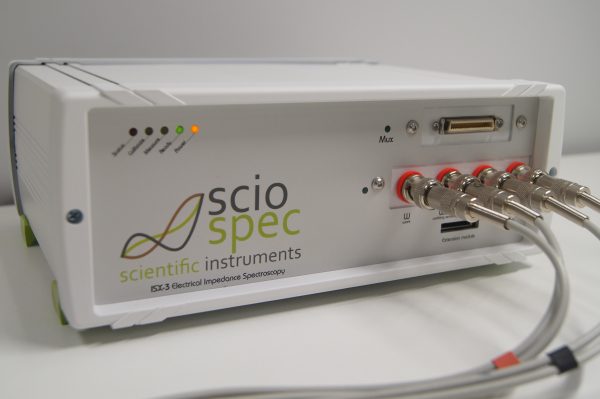
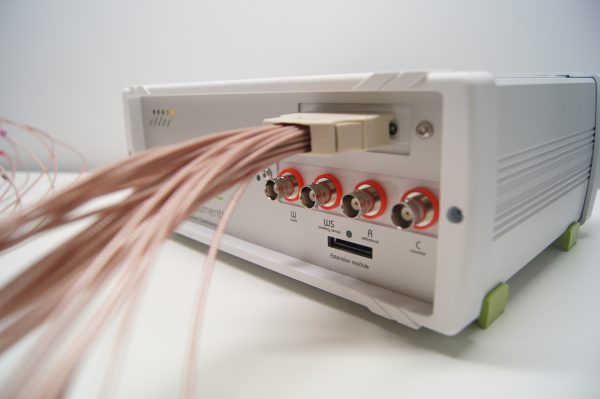


In the past few decades, advancements have been made in the development of biosensors for the detection and analysis of Deoxyribonucleic Acid (DNA) and genes.
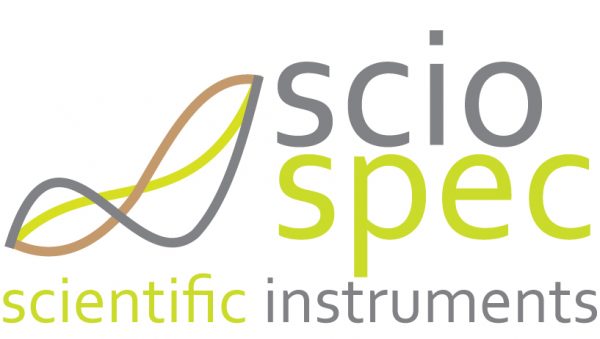
Electrical bioimpedance, a noninvasive and non-ionizing technique utilized for assessing physiological parameters, faces challenges in obtaining localized information from specific tissues within the human body.

The ability to record high-quality electrophysiology data from the gastrointestinal tract and enteric nervous system is of use in understanding a variety of disorders and

In this study, we evaluated Electrical Impedance Spectroscopy (EIS) as a monitoring tool of the physiological state of Bryopsis, Cystoseira, Stypopodium, Cladophora, Taonia, Padina, Ulva and

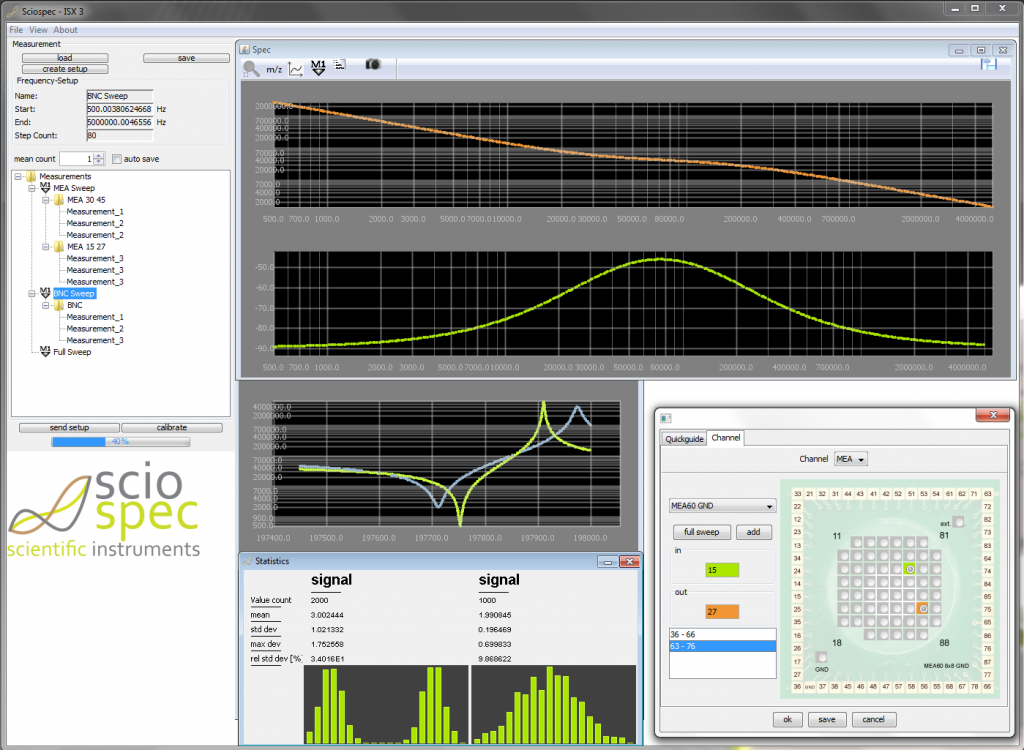
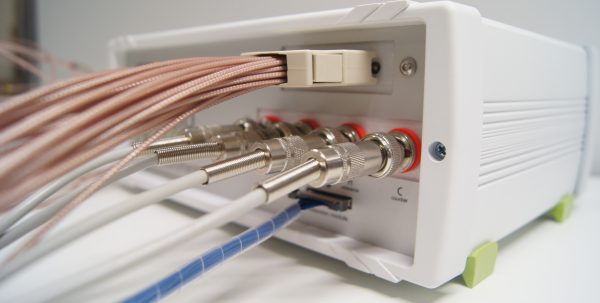
In a very simple setup we used the Medical Research ISX-3 with a 32-channel MUX to measure the forearm impedance change caused movements of the hand.
The ISX-3 impedance analyzer is not a medical product and as such its intended purpose does not include diagnosis and/or treatment of patients. But the Medical Research ISX-3 includes several added safety measures specified in accordance with DIN EN 60601-1:2013-12 "Medical electrical equipment – Part 1: General requirements for basic safety and essential performance". These measures ease the application for excemptions for experiments on patients.
John Doe Tweet
